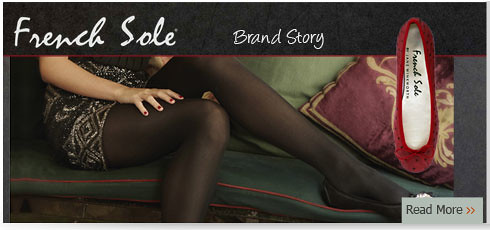Technology is the key enabler for rapid growth of the textile engineering industry. Efforts should therefore be directed towards technical upgradation of the textile engineering industry, technology transfer, re-engineering, promotion of joint ventures, BPO and R&D efforts. Technology and brand play the most vital role in the decision of a customer to buy a machine. The other parameter, viz., productivity together with consistency of quality would be concomitant with technology. Factors like energy conservation, eco-friendliness, reduction in labour cost, facility of operation and services would influence demand.
Preamble
The willingness of foreign manufacturers to transfer technology, continuity of transfer, and cost of transfer are aspects to be considered while procuring new technology. In the regimented system prior to 1992, the Indian Textile Engineering Industry was abjectly dependent on borrowed technology. Consequently collaborations and joint ventures in India were largely influenced by the initiatives of the foreign companies. Very often the technology offered was one or two generations behind the latest technology available with the foreign collaborators. So long as the Indian textile industry was enjoying a protected domestic marked it could carry on with such second generation technology. With the opening up of the economy the situation has undergone a rapid change.
Technology transfer affected
The transfer of technology to the TEl after the dismantling of the control regime has been impacted adversely by the following factors:
In the first place, foreign collaborators have sought management control before technology transfer could be considered. Secondly, many Indian buyers found it difficult to infuse considerable fresh capital to absorb latest innovations and designs. Thirdly, because of the strident and sudden scaling down of customs tariff the foreign suppliers found it more lucrative to export machinery from their parent plant than to allow local producers to meet the domestic demand. Lastly, the volatile demand situation for textile machinery and accessories has come in the way of procuring new technology.
The foreign owners of new technology have therefore to be induced with fresh incentives. The primary bait for technology sellers would be royalty payment and large dissemination of technology on a continuous basis. Government has to be a prime mover of this initiative by offering tax breaks to the technology buyer to help royalty remittances. Tax relieves may also be offered on raw materials and other inputs which go into the manufacture of new technology machines by the domestic manufacturers.
How to obtain Technology
A combination of routes has to be vigorously pursued to obtain the latest technology for the rapid progress of the Indian Textile Engineering Industry. These include:
a) Joint Ventures with machinery manufacturers who may be interested in transfer of technology. In the quota free regime, the manufacturers proximity to user market would be advantageous and hence the machinery producers from abroad may be interested to expand their presence in India.
Since a large number of knitting machines of latest technology are being imported from Taiwan it would be advantageous to examine the feasibility of procuring such technology for the growing knitting industry. Access to new technology could also be explored with countries like the U.S.A., Italy, Japan, Korea and Taiwan.
b) Proposals for the establishment of latest looms have to be explored. With the altered perspective of countries like Italy, Germany, Switzerland, USA and Japan towards Indian economy, it would be worthwhile to seek collaborations with the textile machinery makers of those countries to hollow out their operations to India, particularly in the weaving and processing sectors. Countries like Korea, Taiwan and Japan have developed electronics in a big way and efforts to procure the technology should be promoted.
c) Technology transfer may be encouraged through reengineering. Countries like Japan, China, Korea and Taiwan have benefited greatly by resorting to retrofit. India is currently importing a large quantity of used machinery, some of them with improved technology. An institutional arrangement could be set up to re-engineer and disseminate imported technology through a nodal agency.






 6:28 PM
6:28 PM
 Fibre2Fashion Blogs
Fibre2Fashion Blogs


![Reblog this post [with Zemanta]](http://img.zemanta.com/reblog_e.png?x-id=5bd11fbe-5765-43d9-a128-24d388a41fbb)





![Reblog this post [with Zemanta]](http://img.zemanta.com/reblog_e.png?x-id=590e24ac-7fe0-4402-982d-130c715486bd)











